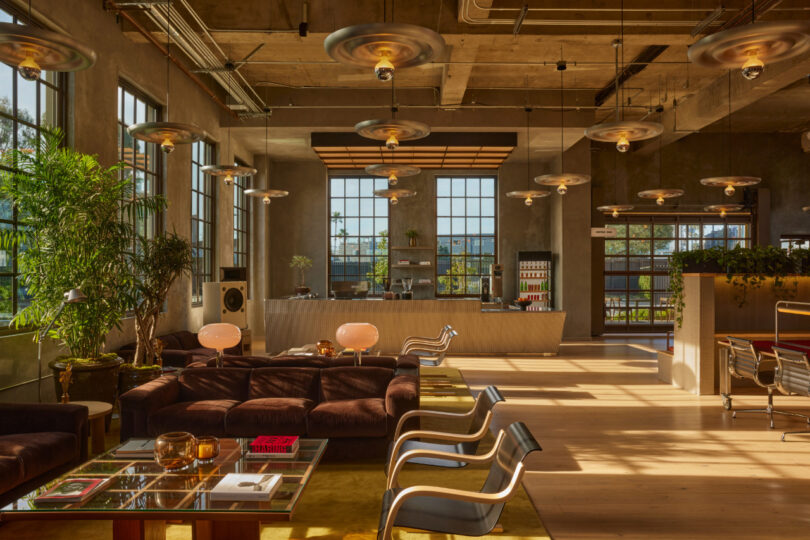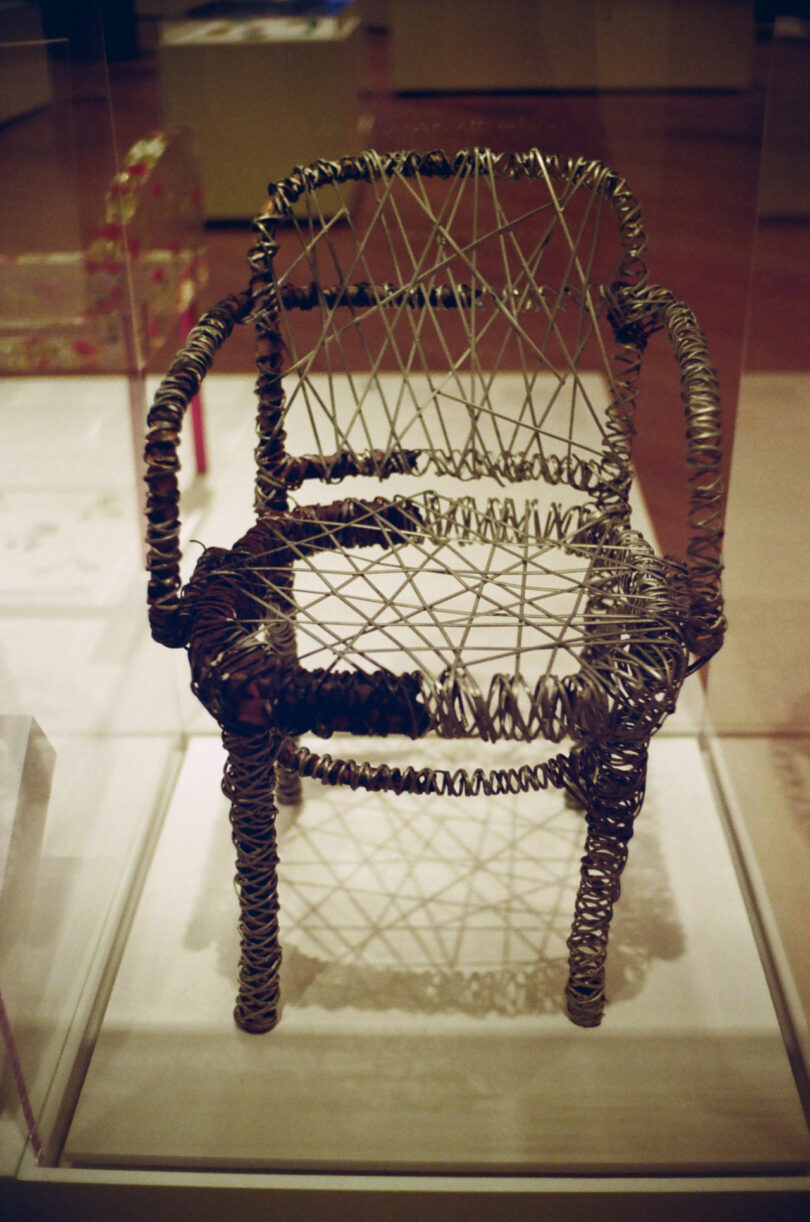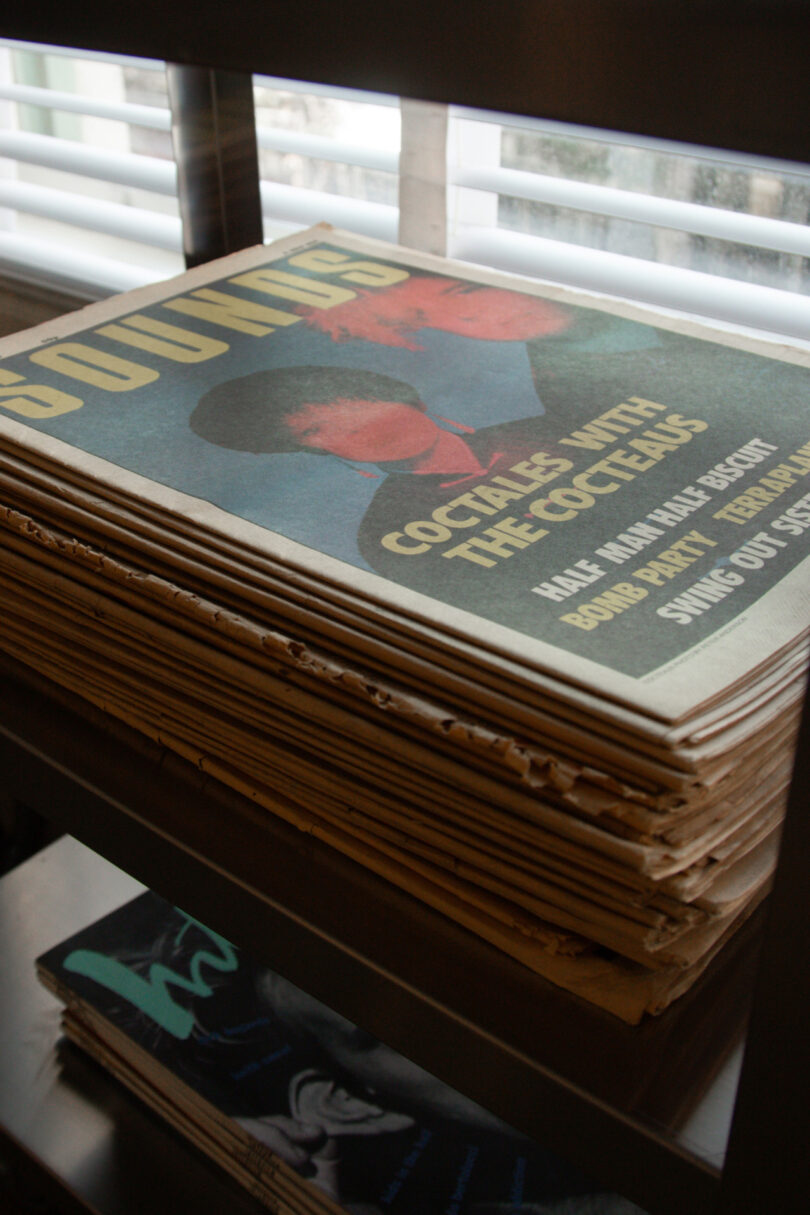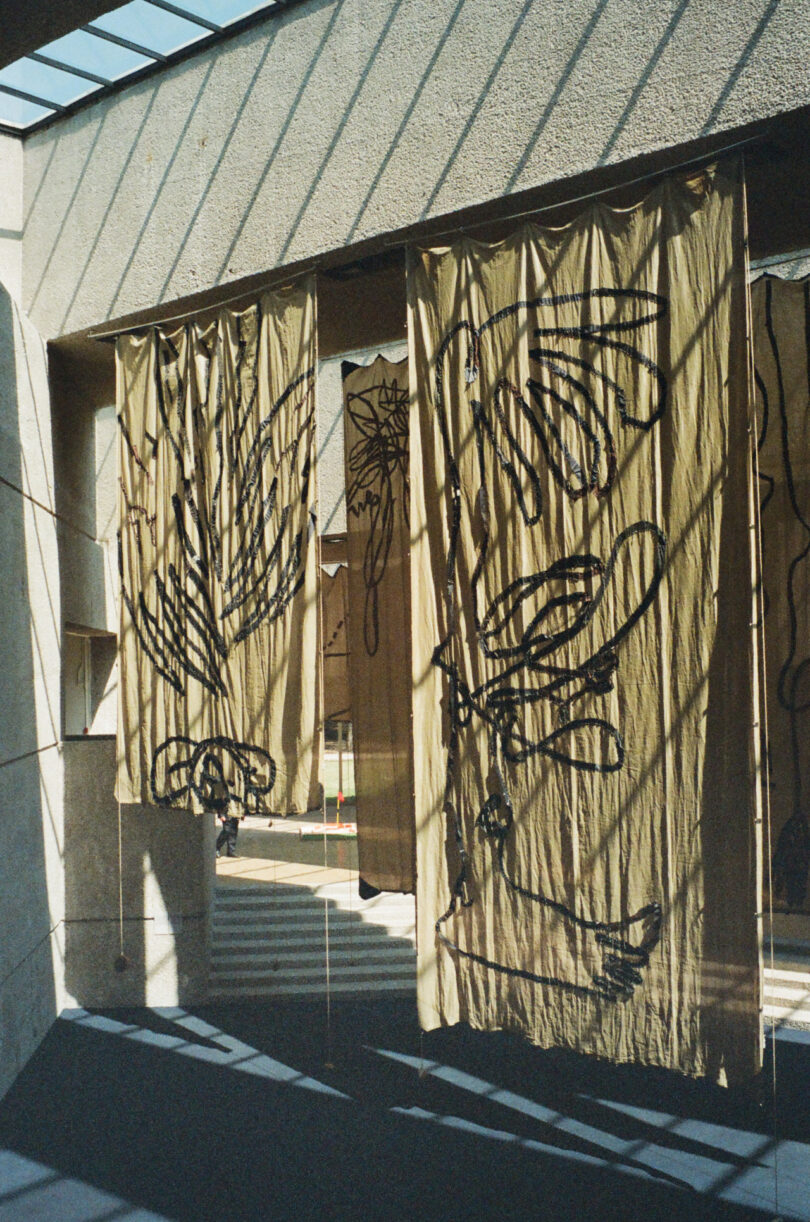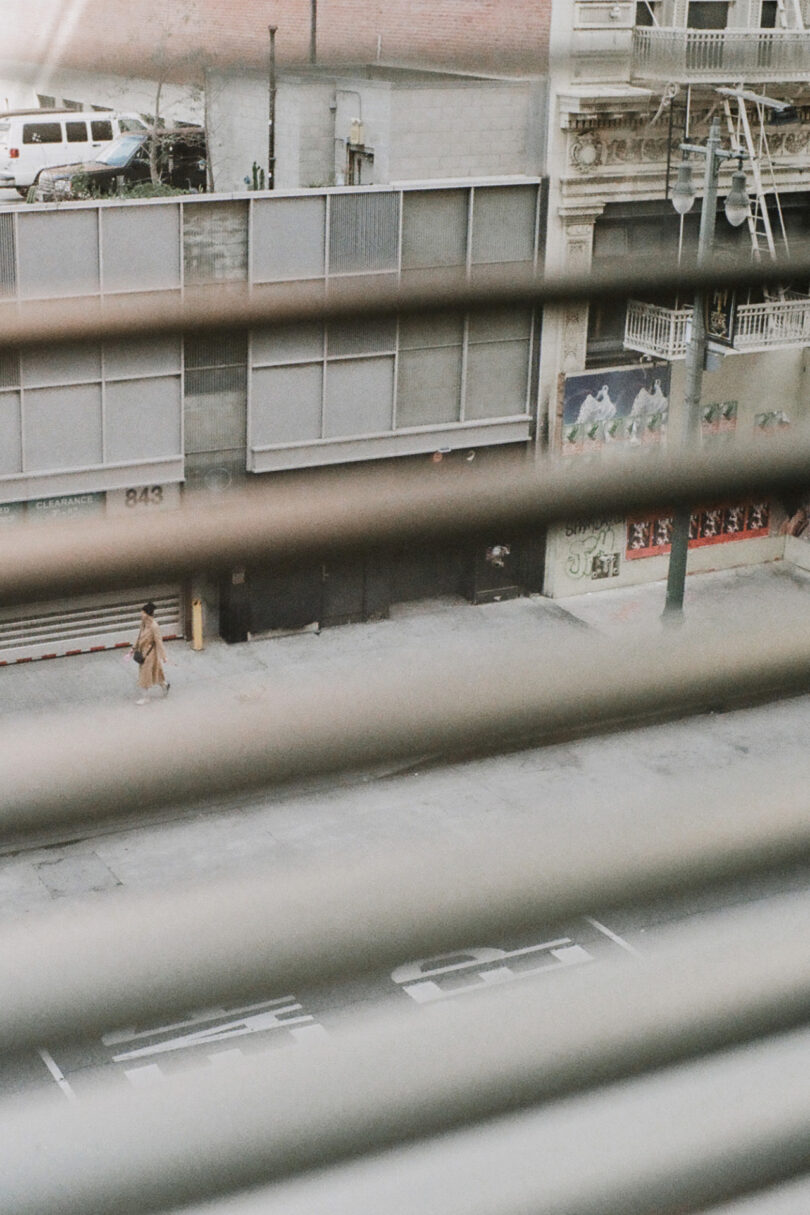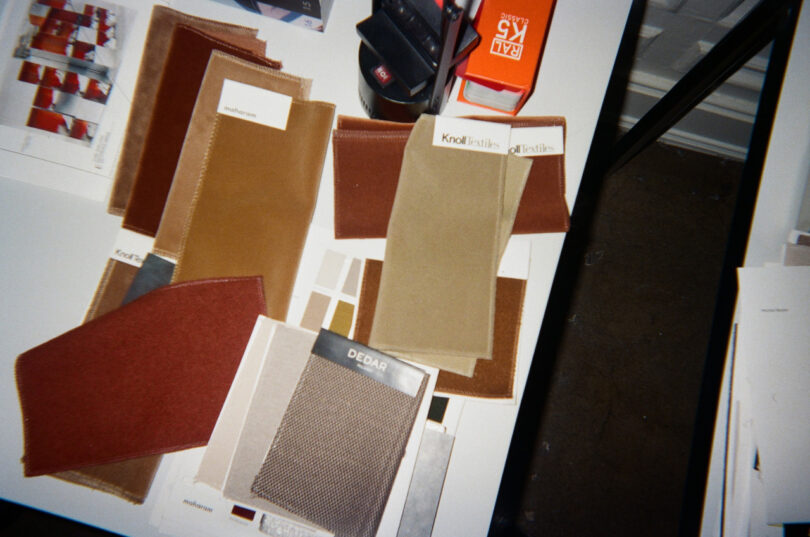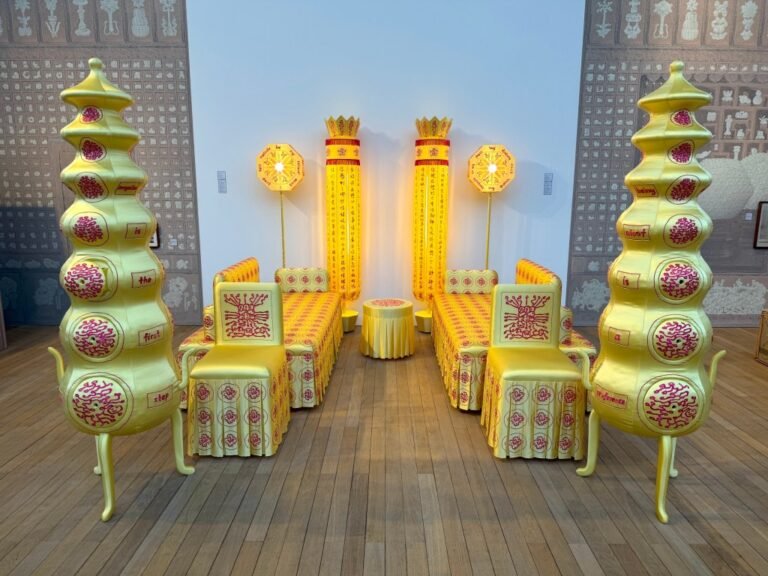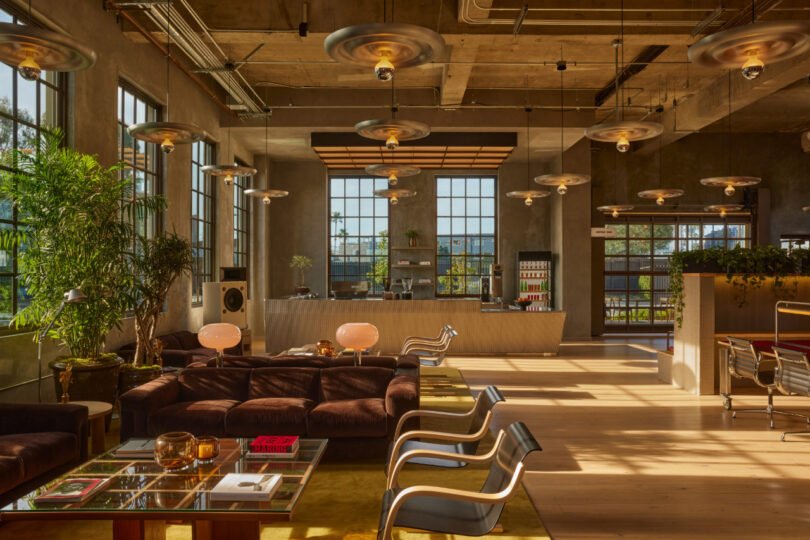
Nathan Warkentin has tried his hand at a number of artistic pursuits, from photography to music, but he felt a pull to go in another direction, and so interiors became that space for him to explore. “It’s the most immersive and dimensional creative process I’ve found,” he says. “It has a bit of everything I have done in the past, yet feels limitless.”
Warkentin founded his eponymous firm in 2023, noted for a refined, strategic approach. With offices in New York and Los Angeles, he captures the essence of both coasts in hospitality and residential settings. Warkentin also seamlessly integrates originality with functionality to build spaces that resonate on a deeper level.
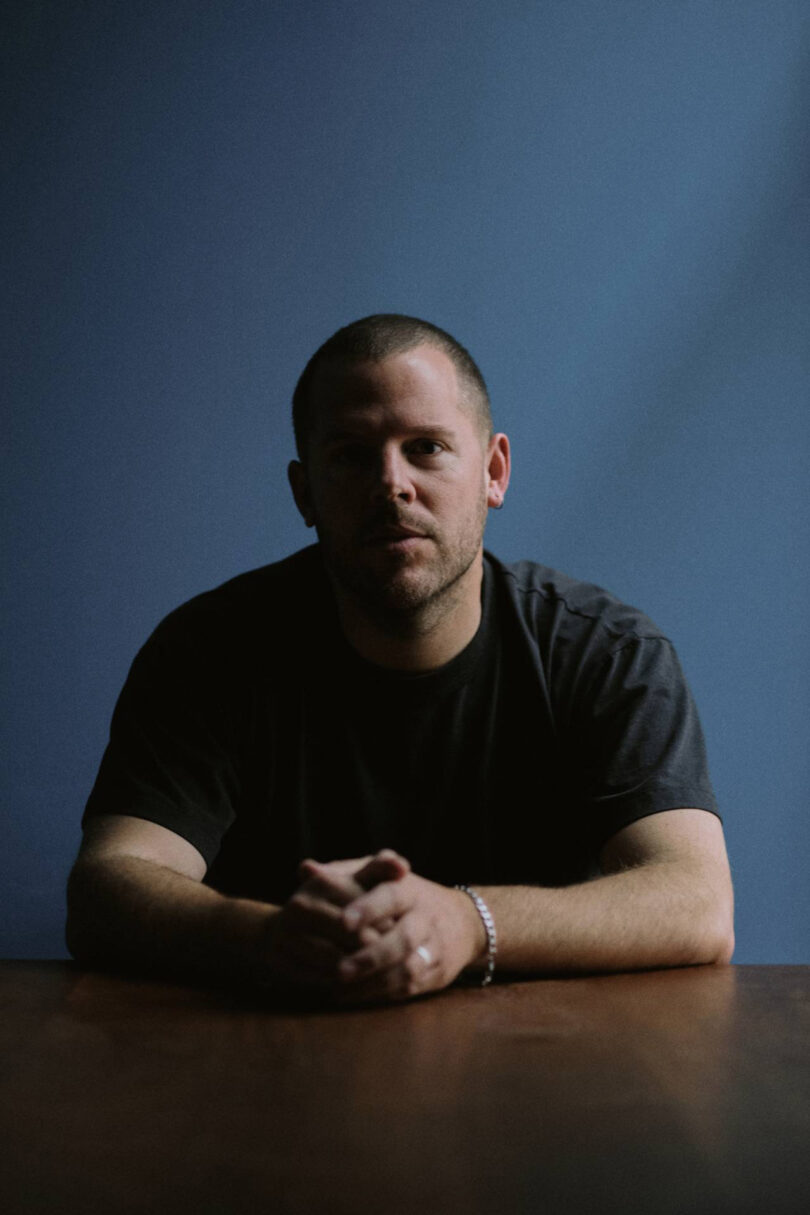
Nathan Warkentin \ Photo: Anna Arnet
The designer doesn’t have to go far to find inspiration because he has a research library that is filled with books. Covering an array of subjects, some of his favorites are on fashion and Japanese design. He always adds to the collection, too, checking out used bookstores when he travels or is looking for rare finds.
There’s not really a separation between life and career for Warkentin. Instead of trying too hard to compartmentalize, he embraces all facets. Whatever he chooses to consume though, whether food or mass media, it will eventually serve as an influence for him in one way or another.
Change is constant in the field, and while some people find this stressful, Warkentin thrives. “Every project brings a new set of conditions: different city, different scale, different client,” he notes. “What I enjoy most is the variety.”
Today, Nathan Warkentin joins us for Friday Five!
1. Homage to Josef Hoffmann by Shiro Kuramata
I got to see this piece in person at M+ in Hong Kong earlier this year. Kuramata started with a Josef Hoffmann bentwood chair, wrapped it in steel wire, then set it on fire. The wood burned away, leaving only the steel-wire silhouette like a ghost of the chair. I love how it layers reference, materiality, and transformation. Finding the line between functional design and art object is always interesting to me.
2. 90s Music and Fashion Magazines
I love old 90s magazines like Interview and Raygun. There’s something about it that feels so raw. The layouts are always a little chaotic in the best way. I also love the little ads for obscure nightclubs, record shops, or galleries in NY or LA. You don’t really see that whole underground culture in print anymore. Does it still exist?
3. Museo Tamayo in Mexico City
I always stop through Museo Tamayo when I am in Mexico City. I love the architecture, the simplicity of materials, the volume, and how it all feels bold but restrained. It’s really well balanced, where you can appreciate the building without it ever distracting from the art.
4. The View Out My Window
Our studio is in the Orpheum building in downtown L.A., where the street outside is never boring. From my desk I get a front-row seat to the chaos and charm of L.A. (K-Pop fans wrapped around the block, amateur photo shoots, or the occasional character on a soapbox). It’s unpredictable, sometimes a little wild, but always entertaining and a welcome distraction when I am working late.
5. The Color Brown or Variations of
Not many kids would pick brown as their favorite color, but I keep coming back to it or some variation (sienna, ochre, caramel, amber, rust). These warm neutrals have so much depth and versatility, and they age beautifully in a space. More and more, I find myself swapping black for brown for the warmth it adds.
Works by Nathan Warkentin and Warkentin Associates:
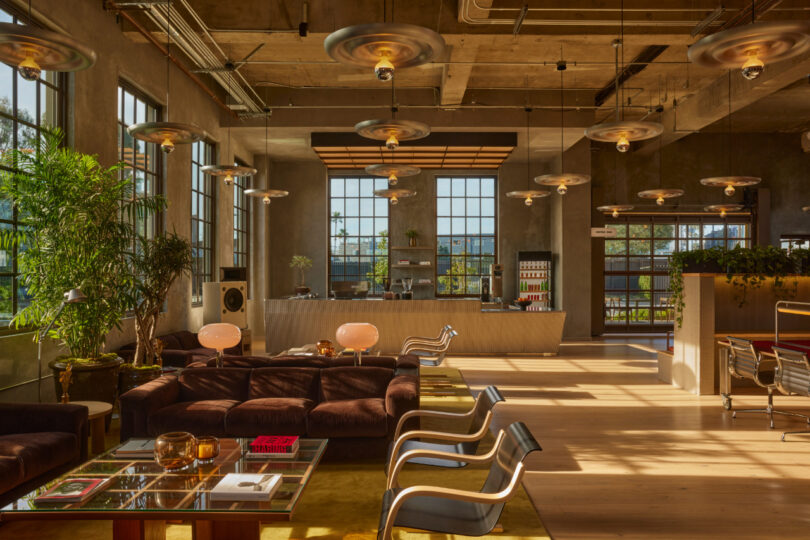
Photo: Yoshihiro Makino
The Lighthouse Venice
The Lighthouse is a creative campus we designed in Venice Beach in the old 1939 Venice Post Office. We reimagined the historic building with a Bauhaus spirit. The idea was to keep things really simple, functional, and honest. The spaces flow between analog and digital work, encouraging both focus and collaboration. I think this backdrop allows the people and ideas to really come through.
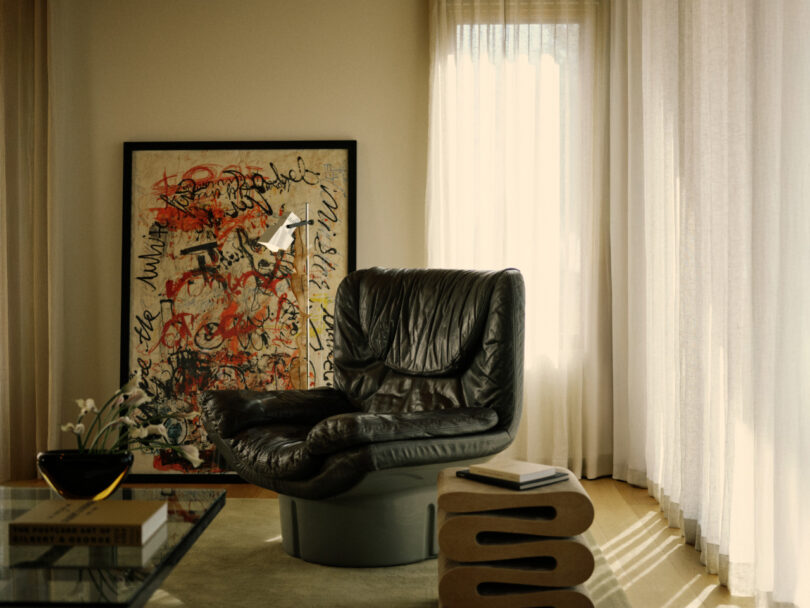
Photo: Anna Arnet
Echo Park Residence
This hillside home in Echo Park takes inspiration from Ray Kappe’s Rustic Canyon house, where light and materiality really shape the space. Our interiors build on that spirit with moments of playfulness and unexpected color layered in. Since it was a new build, we really wanted to create a lived-in feel that was achieved by mixing in vintage pieces with custom site-specific design. The dramatic double height volumes also allowed for an interior bridge with suspended sculptural lighting. The home was designed in collaboration with Bunch Design as architect.
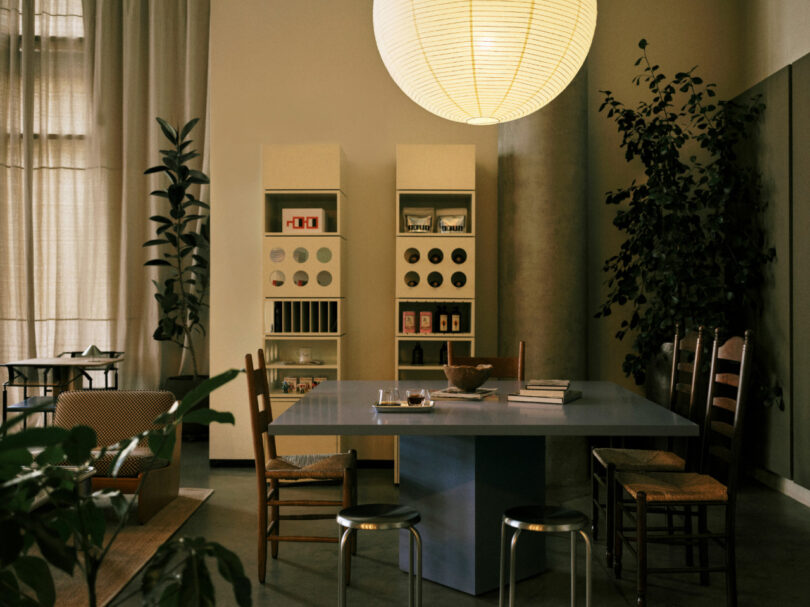
Photo: Anna Arnet
Noun Coffee and Wine
Noun is a new cafe and lounge we designed in Marina del Rey. It’s meant to work as an all-day spot, coffee in the morning and natural wine at night. We leaned into the concept of eclectic comfort, drawing from 90s coffee houses with seating that feels more like a living room than a café. Vintage pieces, postmodern touches, and some DIY elements give it the charm of an artist’s loft. It’s relaxed, personal, and a little unexpected.
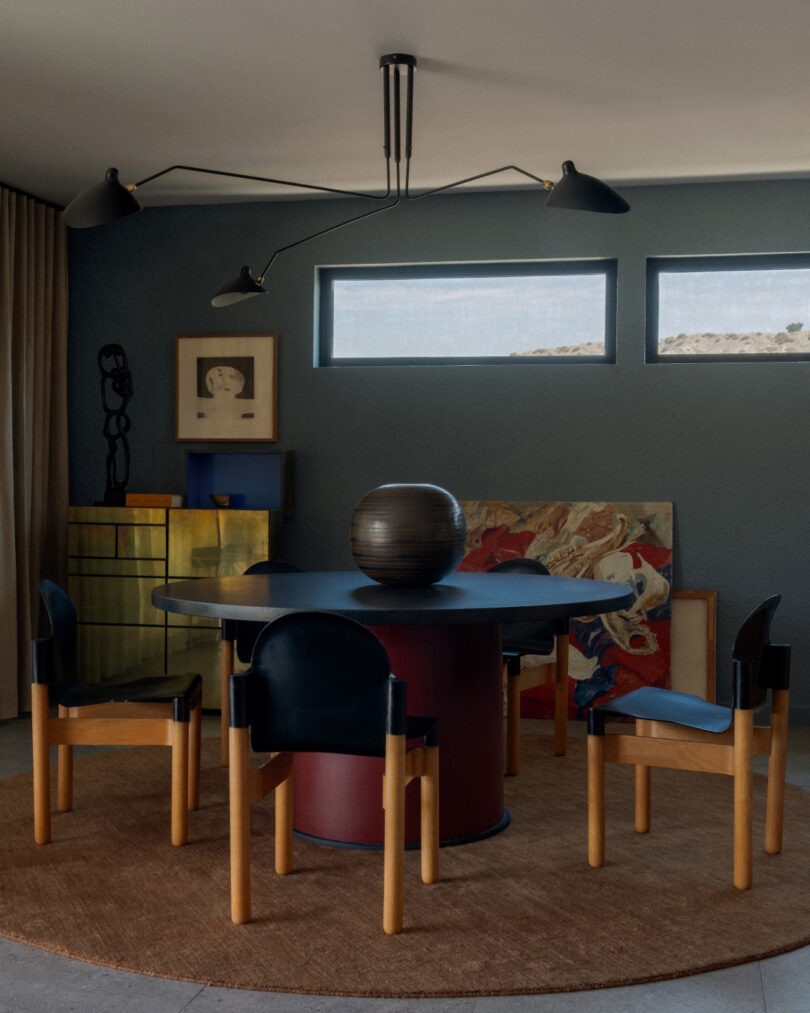
Photo: Austin Leis
Eagle Rock Residence
Our Eagle Rock home has a simple, open plan that connects to the outdoors and makes the most of the view. We gutted it when we first moved in and then just kept layering over time with art, furniture, and objects collected from estate sales, thrift stores, and travels. Pieces are always moving around or getting swapped out, so the house never feels finished. It’s constantly evolving, which keeps it fun.
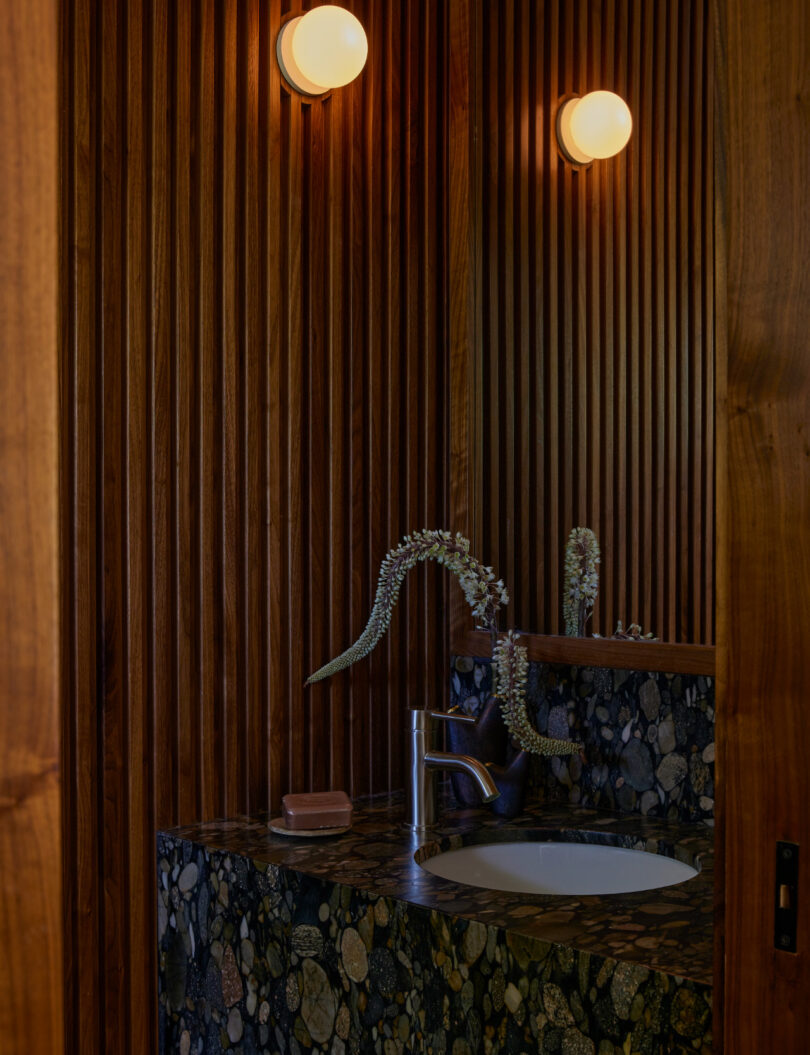
Photo: Yoshihiro Makino
Los Angeles Residence
This mid-century home in Mt. Washington hadn’t really been touched since the ‘60s, so we wanted to bring it forward without losing its soul. We looked to Japanese and Chinese principles about light and empty space and avoided the usual mid century cliches. I love the warm and calming feeling of this home.
